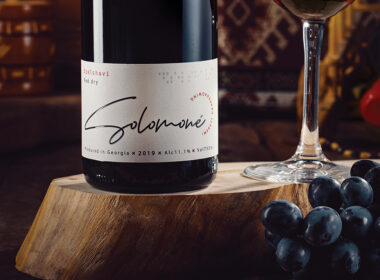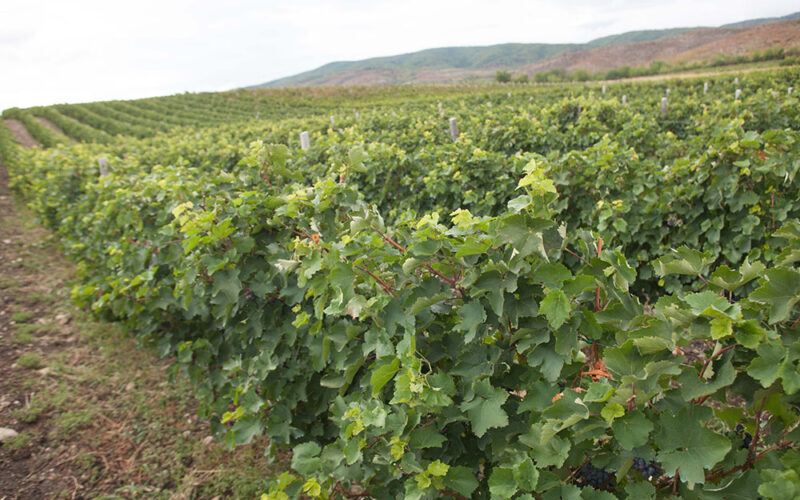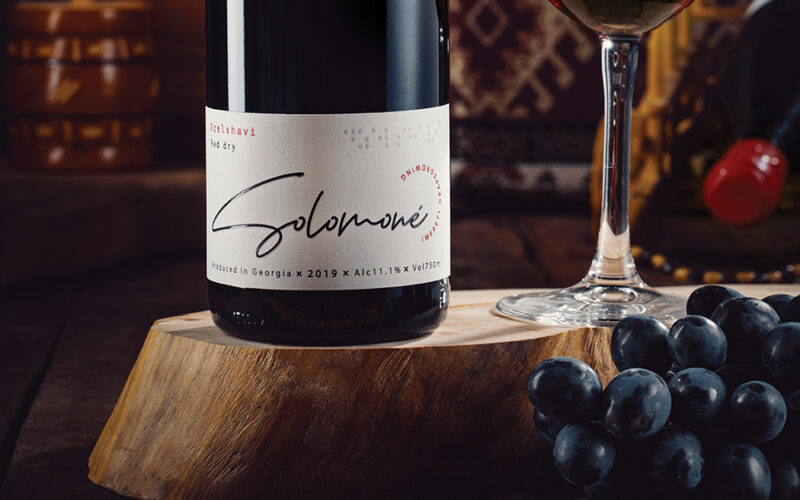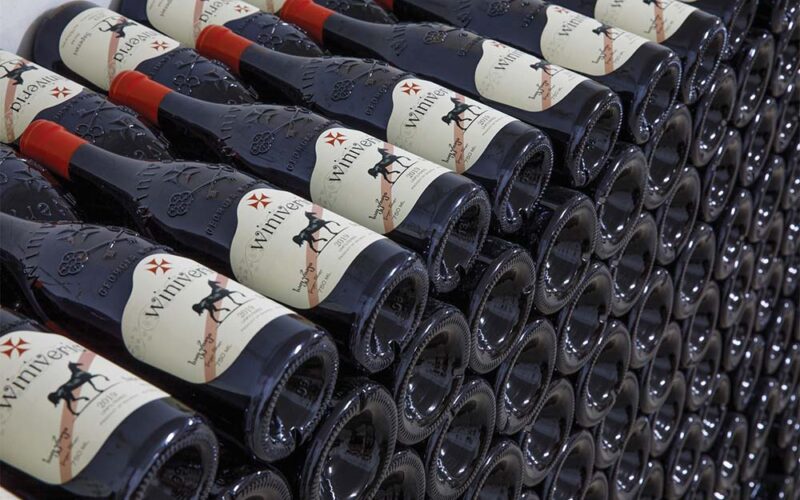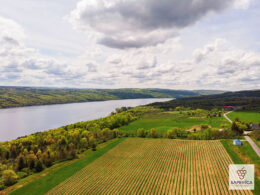
Levan Ujmajuridze | Director of the Scientific-Research Centre of Agriculture, Professor, Academician
We are a country with 8,000 years of scientifically confirmed, uninterrupted winemaking tradition and 11,000 years of vine domestication. As the birthplace of wine, Georgia possesses an exceptional genetic pool with 525 grape varieties. While not all of them may find their place in domestic or international markets, our varietal diversity—one of the defining strengths of Georgian viticulture—is both our present and our future. It is essential that this diversity remains central to our approach.
A strong example of this is the increasing diversification of grape varieties by leading wineries, strengthening the raw material base. Key regional varieties are gaining prominence, supported by Georgia’s exceptional agro-climatic conditions. The number of Protected Designations of Origin has grown to nearly 30 and should continue to increase. Both traditional and European winemaking techniques are being applied, with a clear focus on quality over quantity.
As you know, Georgia’s vineyard area is small compared to global wine regions, but with careful planning and respect for varietal diversity, we can achieve remarkable results. Our indigenous grapes have unique potential, allowing us to work with both traditional and European methods to produce outstanding wines. First and foremost, we must offer these high-quality wines to Georgian consumers and then establish a strong presence in international markets where excellence is the key to long-term success.
As I’ve mentioned, the varietal diversity of indigenous grapes is one of the key strengths of Georgian viticulture and winemaking. Alongside the well-known Saperavi and Rkatsiteli, Georgia offers many other fascinating varieties. In Kakheti, red varieties like Simonaseuli and Akhmetis Tsiteli stand out, along with whites such as Kakhuri Mtsvivani, Grdzelmtevana, and Sapena. In Kartli, Jvari, Buza, and Danakharuli are notable. Imereti offers high-potential reds like Adanasuri and Mgaloblishvili, as well as whites like Kapistoni Tetri and Kundza, which fall into the same category as Chardonnay and Sauvignon Blanc. Guria is home to Chkhaveri, Sakmiela, and Jani, while Samegrelo features Ojaleshi and Chvitiluri. Abkhazia also has unique varieties, including Kachichi, Avasirkhva, and Lakoiazhi—a red grape with a well-balanced profile that can rival some of the most renowned red varieties.
So, this potential must be strengthened as a raw material base in our country by planting more vineyards to preserve the unique varieties from both the listed regions and other winemaking areas. The key factors are high-quality grapes and a balance of both traditional and modern techniques—the rest is the winemaker’s craft, ensuring that the flavours are captured authentically, first in the bottle and then in the glass.
Above all, we must be clear about who—not “what”—we are introducing to the world. Who, because wine is a living entity.



